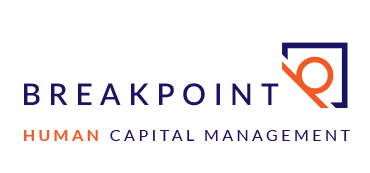Flat and Fast
With the increase of virtual interconnectedness, greater personal self-reliance, and uncertain futures, the organizations that are best able to succeed are those that demonstrate their ability to adapt to the new norm through mastering change. This requires a number of key adoptions, which we will cover in this and following articles.
One key trait of successful organizations in 2020 is the adoption of a flatter organizational structure. This means less levels of management oversight, a greater focus on employee self- sufficiency, and greater agility when decisions need to be made. Every day we are seeing drastic change in how businesses need to operate. The key to their success is their employees and how they engage them in mutual success. They represent a large pool of skills, competencies, and perspectives that are key to bringing the innovation needed to succeed in an industry. They are the great differentiator. Winning organizations are embracing a new focus. Promoting educational and learning behaviours across the organization that expand employees skills and gives them the chance to redirect their current career path toward their ideal career path.
Flatter organization structure underpin the new remote work model by allowing for increased interconnection and inter-reliance of employees that has become standard for succeeding in the new economy. The goal is to allow employees to seek information directly, with the manager becoming more of a facilitator, than a supervisor. To succeed, organizations must shift to this new model of oversight. Today’s remote employees do not need the same oversight as they did in the traditional office. Successful organizations are pivoting to use time in the most productive way. Manager’s time is spent promoting creativity and innovative uses of the employees time, not micro-managing. This new holistic view of the organization is leading to new change initiatives that are transforming organizations and supporting competitive positions in the market.
The shift in organization structure to a flatter organization requires businesses to trust their employees. To encourage everyone to be innovators in their daily work. To empower them to really drive the company’s successes and be recognized for their contribution. This builds a critical interdependence not just between employee and the organization, but importantly between the organization and its customers.
In order to succeed in 2020 and beyond, we need to adopt a flatter organizations structure. Those that choose to lean into the need for more agile ways of working will benefit long term. They’ll do this by creating cultures of engaged employees as the basis of providing innovative solutions to new and emerging markets, and the customers who participate in those markets.
Justin De Bonis
Associate People, Culture, and Engagement

